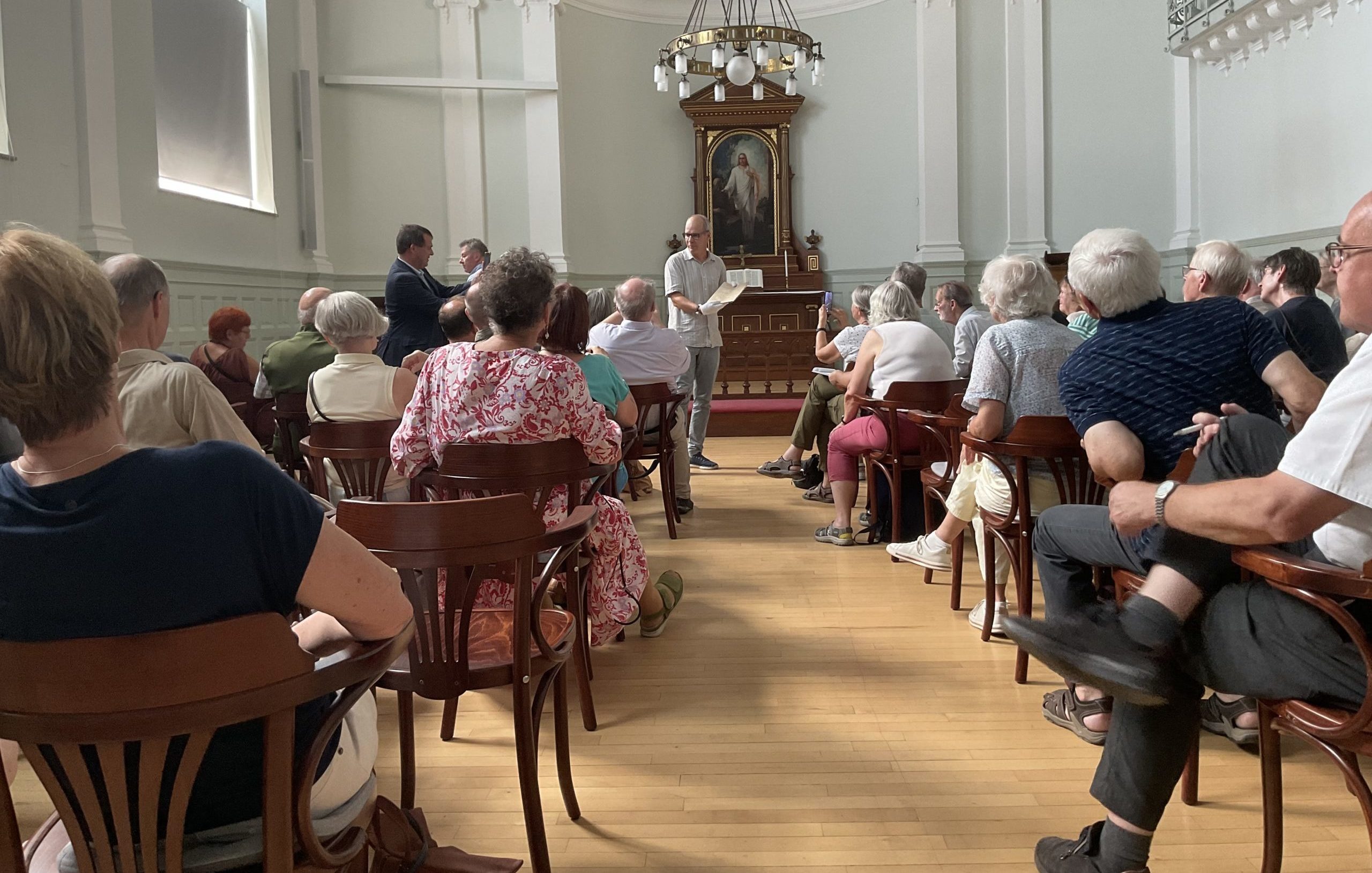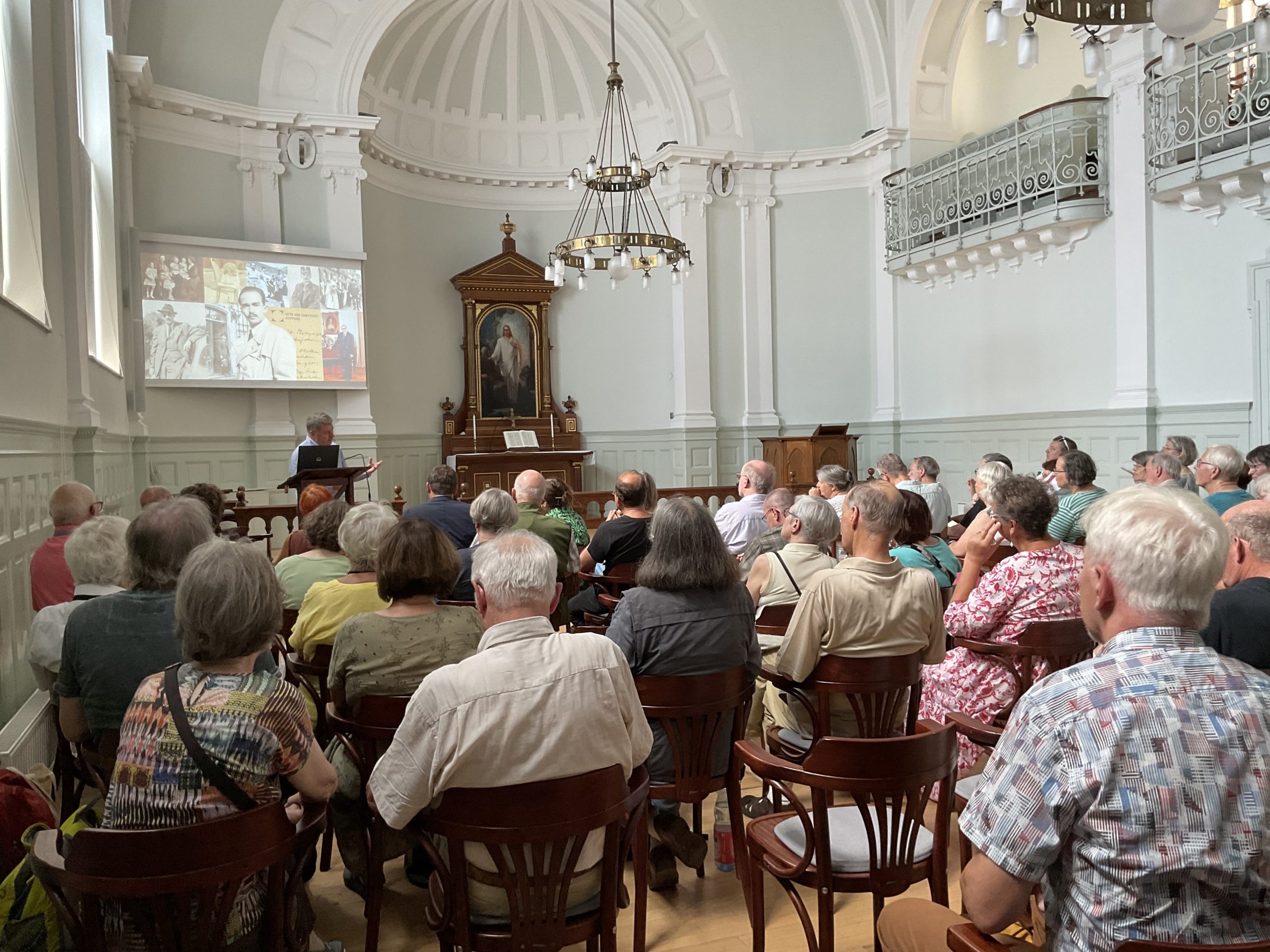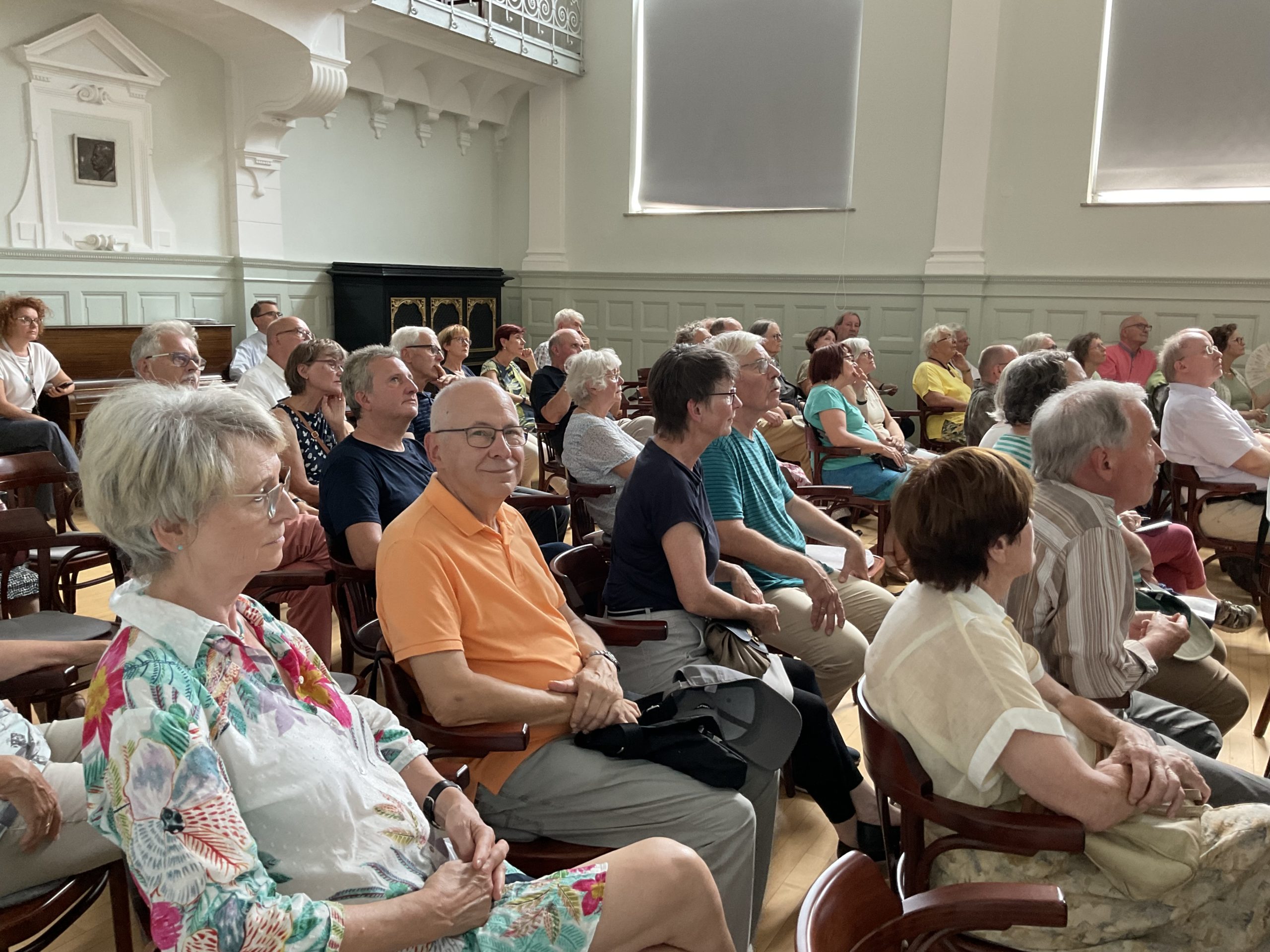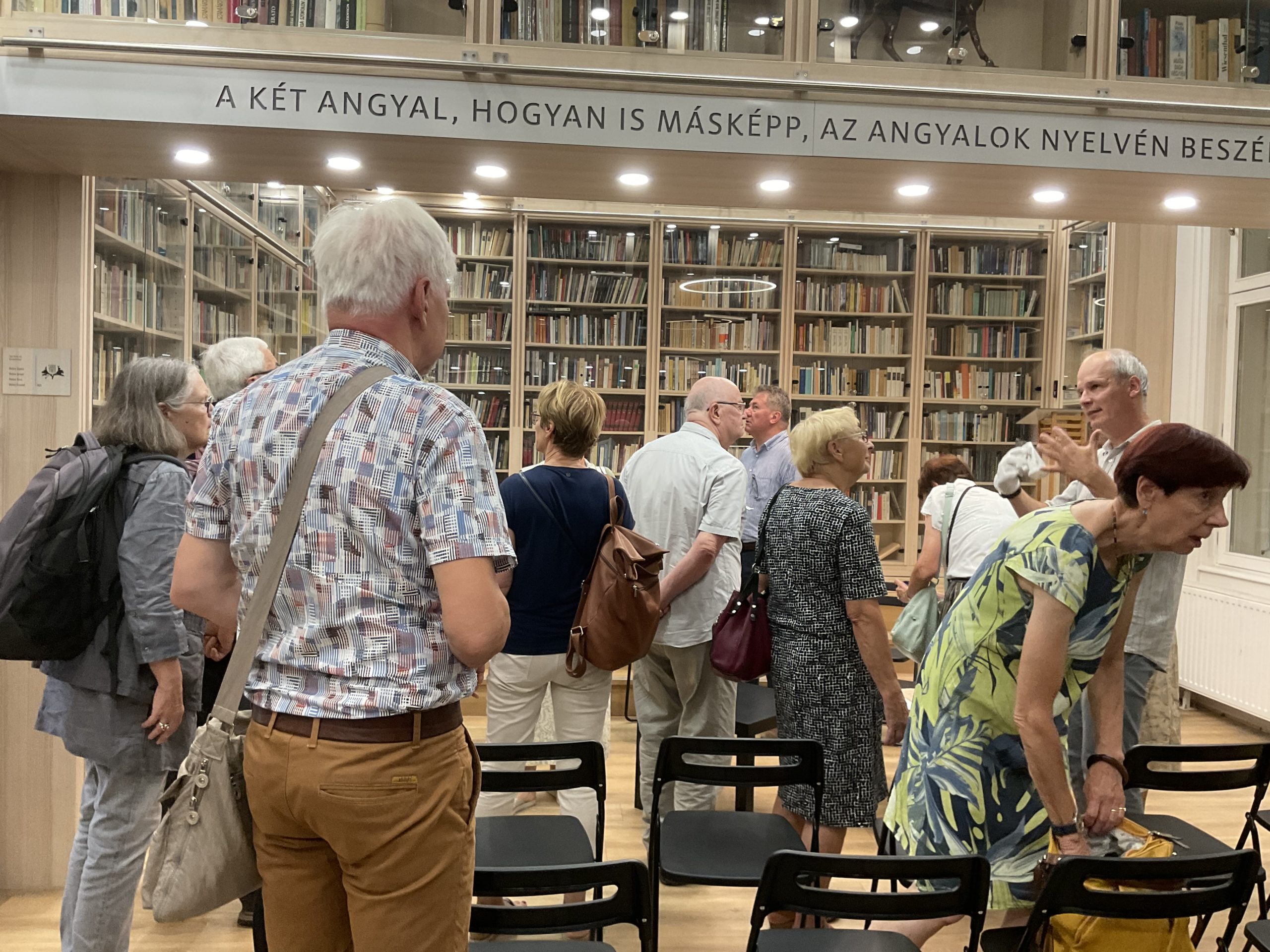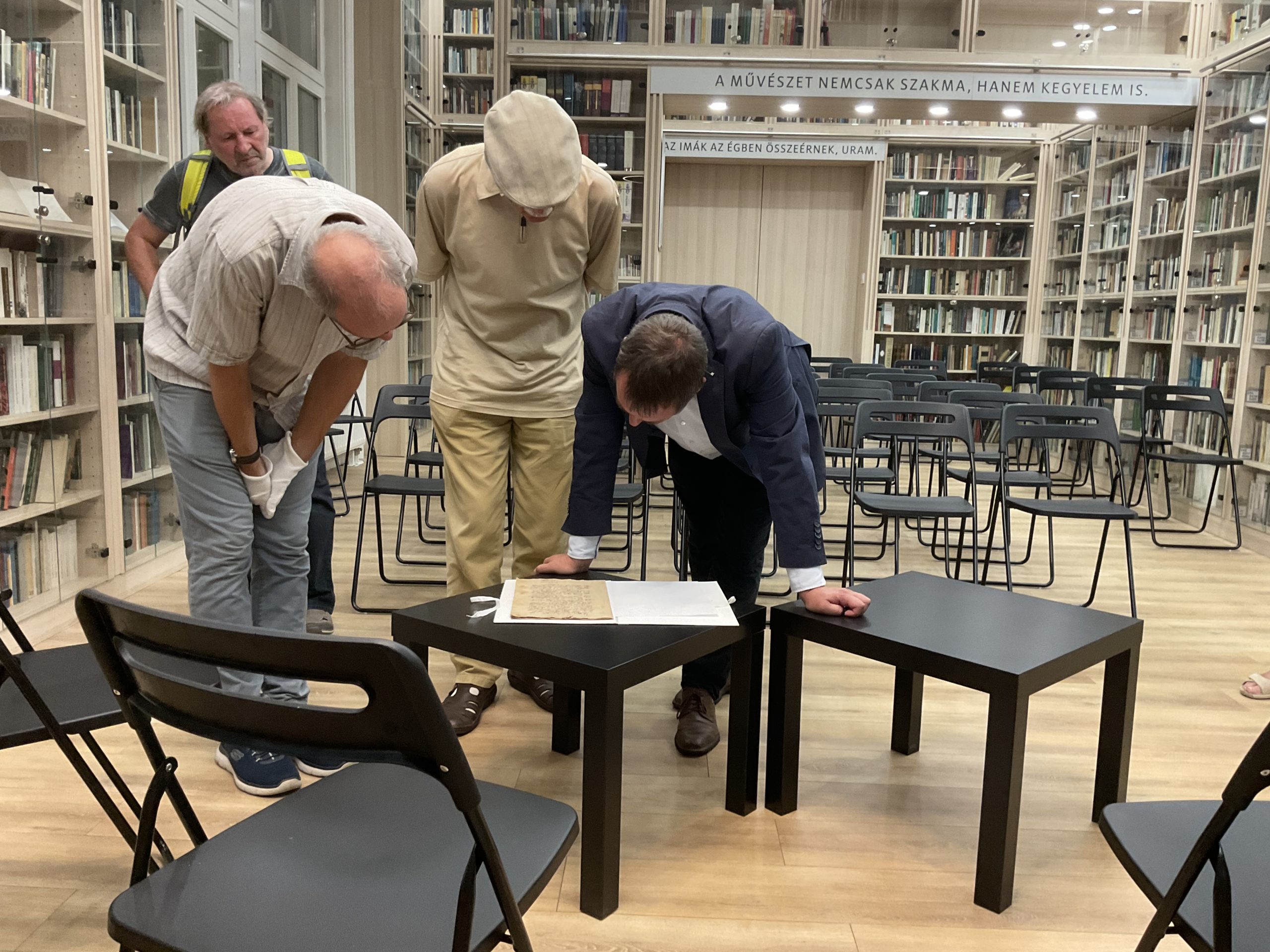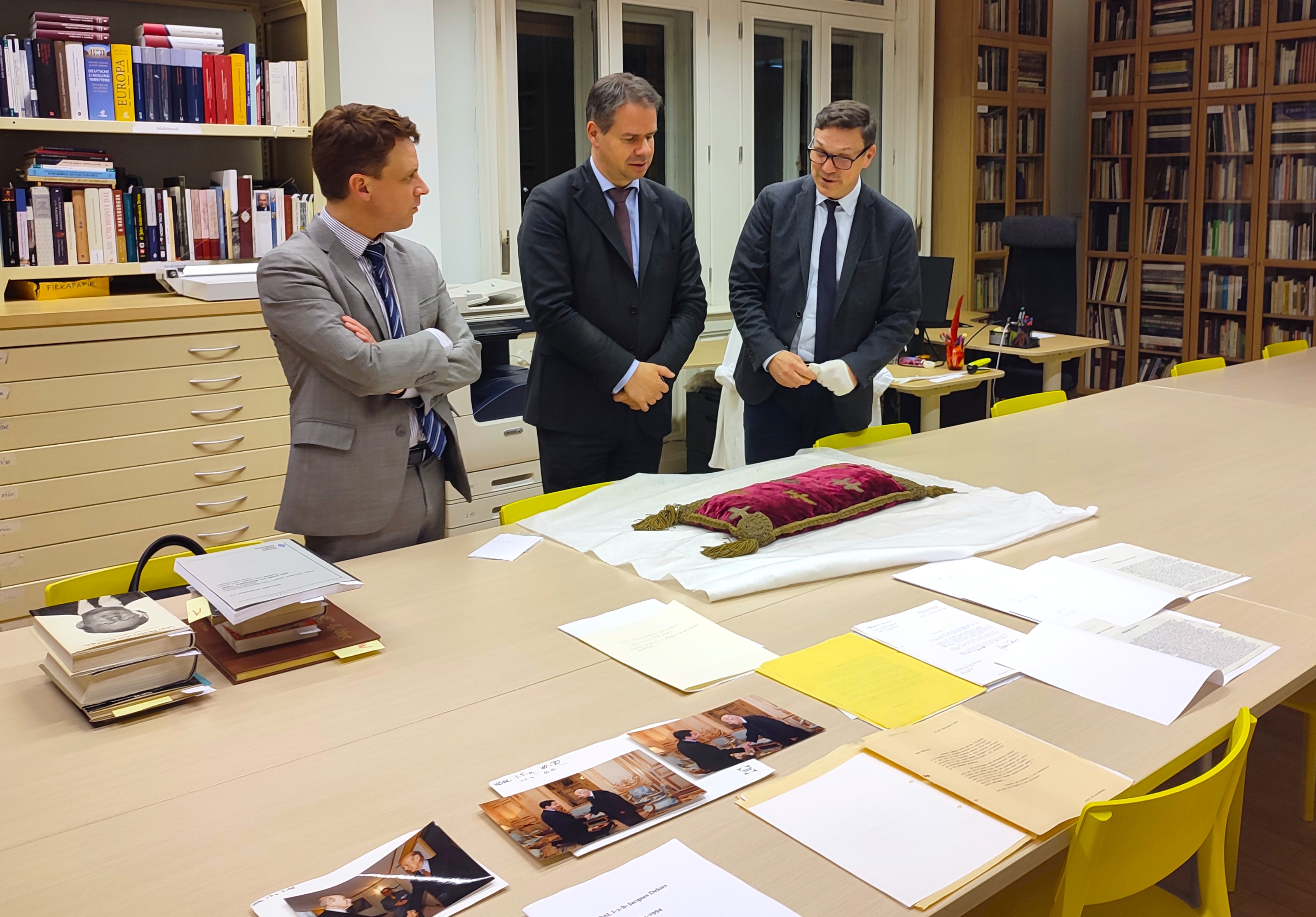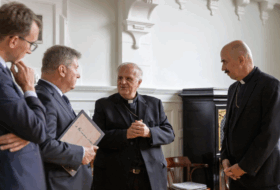Otto von Habsburg had many ties with Saxony. Perhaps the most significant of these is that his grandmother, the mother of Emperor and King Charles I, Princess Maria Josefa of Saxony (1867–1944), daughter of the future King George I of Saxony, had a profound influence on his upbringing. The saintly woman, who lost her dissolute husband early in life, became a family role model who, through her origins, also represented Saxony’s historical and political ties with Austria. In the Prussian-Austrian War of 1866, Saxony fought on the side of Austria. After the defeat, Franz Joseph I himself asked the victorious Chancellor Bismarck to allow Saxony to retain its relative independence. These historical connections, including centuries of dynastic relations, inspired the lines of Otto von Habsburg in his book Damals begann unsere Zukunft, which the Foundation plans to publish in Hungarian in the near future.
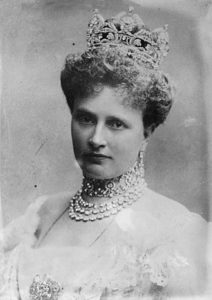 |
Princess Maria Josefa of Saxony
Gergely Prőhle, the director of our Foundation, welcomed the visitors from Saxony and introduced them to the details of our activities. Our guests then inspected various correspondence between Otto von Habsburg and several prominent figures held in our collection, as well as selected highlights of Otto von Habsburg’s library and the kneeling cushion used at the coronation of the imperial couple, Charles I and Zita. Upon concluding their visit, they were shown an authentic copy of Martin Luther’s will at the National Lutheran Archives, and they also visited the Esterházy Péter and Gitta Library.
The visit was not only of professional interest but also a first step towards a jointly organised exhibition on the history of the relations between the Saxon ruling house, the Wettins and the Habsburgs.
